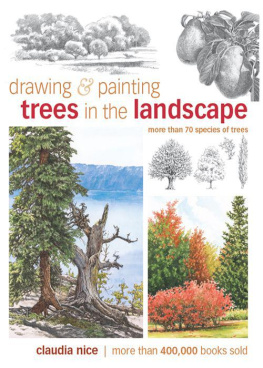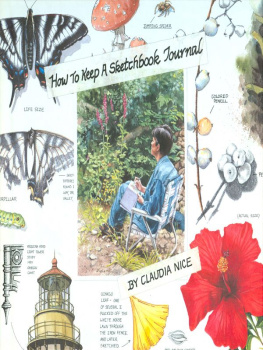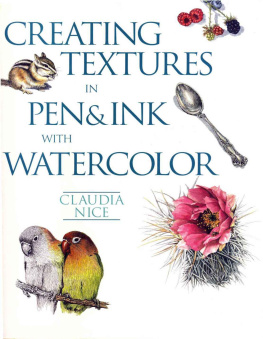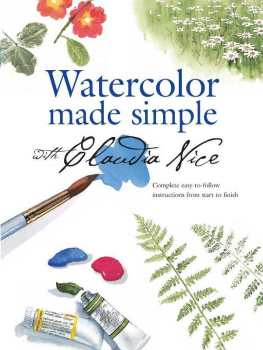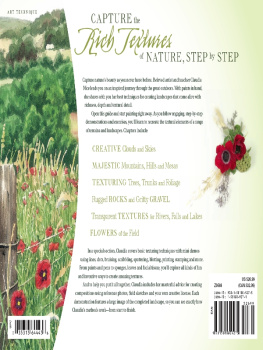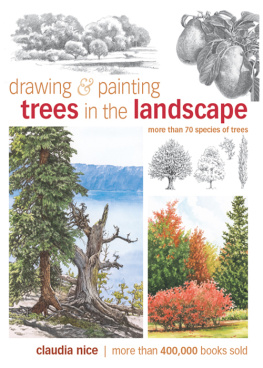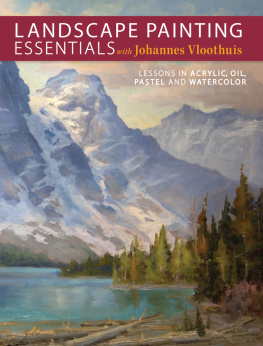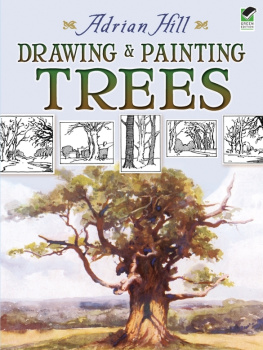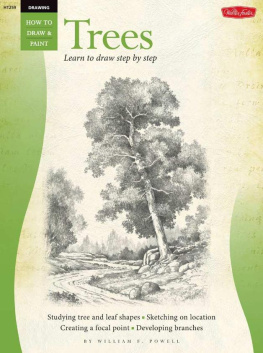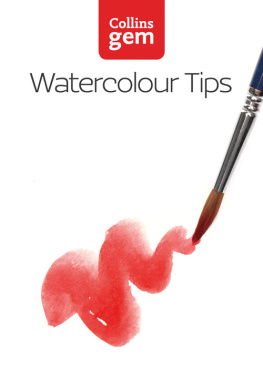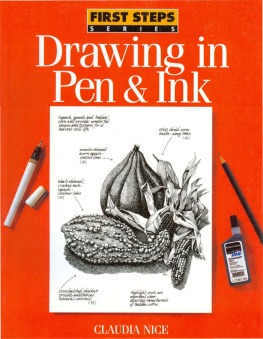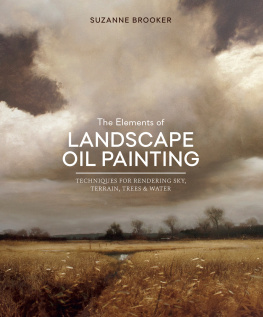Claudia Nice - Drawing & Painting Trees in the Landscape
Here you can read online Claudia Nice - Drawing & Painting Trees in the Landscape full text of the book (entire story) in english for free. Download pdf and epub, get meaning, cover and reviews about this ebook. year: 2011, publisher: North Light Books, genre: Art / Computer. Description of the work, (preface) as well as reviews are available. Best literature library LitArk.com created for fans of good reading and offers a wide selection of genres:
Romance novel
Science fiction
Adventure
Detective
Science
History
Home and family
Prose
Art
Politics
Computer
Non-fiction
Religion
Business
Children
Humor
Choose a favorite category and find really read worthwhile books. Enjoy immersion in the world of imagination, feel the emotions of the characters or learn something new for yourself, make an fascinating discovery.
- Book:Drawing & Painting Trees in the Landscape
- Author:
- Publisher:North Light Books
- Genre:
- Year:2011
- Rating:5 / 5
- Favourites:Add to favourites
- Your mark:
Drawing & Painting Trees in the Landscape: summary, description and annotation
We offer to read an annotation, description, summary or preface (depends on what the author of the book "Drawing & Painting Trees in the Landscape" wrote himself). If you haven't found the necessary information about the book — write in the comments, we will try to find it.
Draw and Paint Realistic Trees in All Four Seaons
0p>Bestselling author and naturalist Claudia Nice is back with another studio essential for every landscape artist. Drawing & Painting Trees in the Landscape features Claudias best tips and techniques for painting trees of all kinds in their natural settings--from the majesty of mountain evergreens to the delicate pink blossoms of cherry trees in spring.With her inspiring artistic style and in-depth visual instruction, Claudia starts with the basics, showing you how to break down reference photos and open-air vistas into simple shapes, colors and textures. Follow along as she skillfully guides you through every step of creating vibrant compositions anchored by glorious trees and foliage, including:
Drawing and sketching techniques for mapping out successful compositions
A variety of basic tree shapes you can reference and copy; featuring more than 40 conifers, hardwoods and deciduous trees
Proven color mixes for painting an array of vibrant hues--from the many different greens of foliage to the soft pastels of spring blossoms--using watercolor, oil, acrylics or mixed media
Step-by-step instructions on drawing and painting important details, such as the weathered textures of bark, the sculptural shapes of bare branches in winter, aged mossy trunks and more
Techniques for working smart in any medium, such as using simple watercolor washes for distant foliage, adding details with pen & ink, and knife painting in oils for interesting dimensional effects
Whether your goal is to make accurate field sketches for your journal, paint what you see on your travels through the countryside, or just capture familiar views of your own back yard, Claudia makes the process fun, easy and satisfying. Like a walk in the woods, with every step youll relax, enjoy and learn something new.
Claudia Nice: author's other books
Who wrote Drawing & Painting Trees in the Landscape? Find out the surname, the name of the author of the book and a list of all author's works by series.

